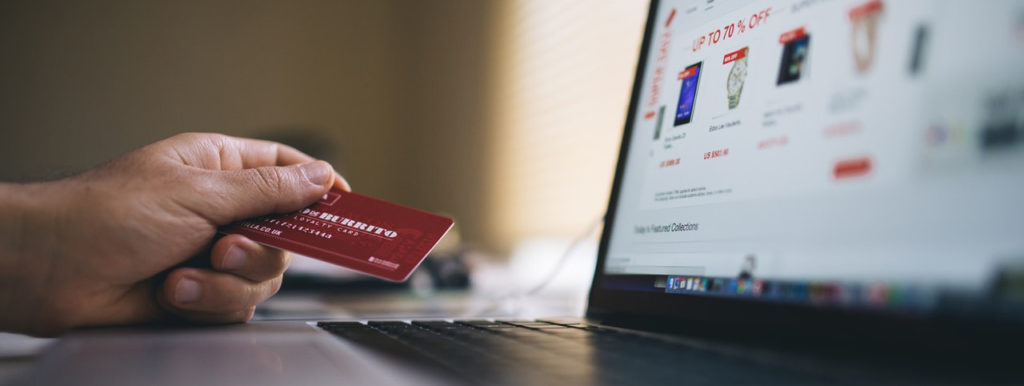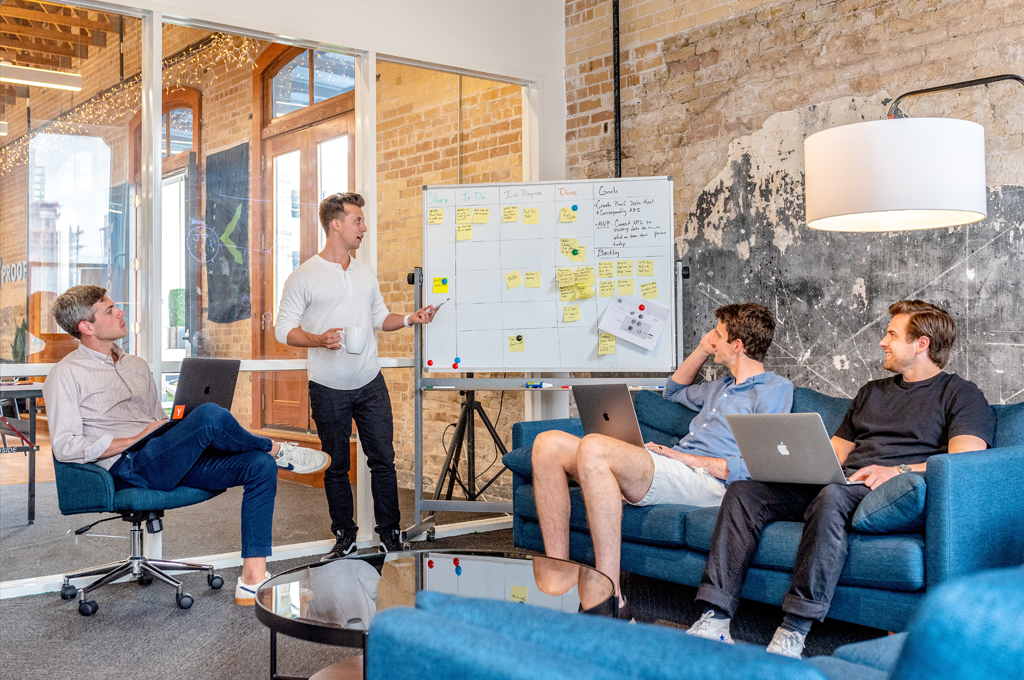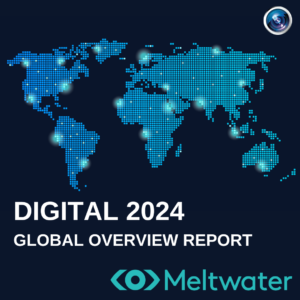If we consider the topic of attracting people to purchase products or services from your company, it can be extrapolated into vast amounts of data, strategies, ROI’s, and creating the famous sales “funnel” we marketers hear quite a lot. Whereas teams all around the globe are having these conversations, it all boils down to a very simple process called “The Buyers Journey”.
The process can be segmented into 4 stages which act as a workflow from a stranger to a loyal customer. As much as it seems to be a long road, understanding this journey can aid in effectively reaching consumers at every stage. The 4 stages are:
- Awareness
- Consideration
- Decision
- Loyalty

The Awareness Stage
You hear a lot of marketing professionals speak about the importance of brand awareness. This simplistic term refers to creating ways that allow strangers to become aware of your company. As simple as that sounds, it can contain a multitude of strategies and effective means to increase the reach of your efforts.
Even a company as large as Apple was found by millions of strangers at one point in time. Those strangers were not already aware of how great iPhones would be in seeing their logo for the first time. By creating a vast network of strategies to increase their global reach, at its core, their efforts were to make millions of strangers aware that they exist.
It can difficult to analyzie the data to report a real return on investment at this early stage. Efforts undertaken by marketers at the awareness stage are usually done to adhere to the overlying goal of brand awareness designated at a specified audience. Usually tracked through engagements, likes, shares, click through rates and video views.
Traditionally it would begin with research based on the persona of who your buyer is. While none of this activity results in direct sales, it is important to be aware that without research and identification of who you’re targeting, those efforts may be unsuccessful in their execution.

The Consideration Stage
Believe it or not, we all have this stage in our purchasing decision process. We are information driven when considering parting with our hard earned money.
The consideration stage begins once a customer has identified their goal or what challenge they are looking to overcome with their future purchase. There is an evaluation period where a customer will educate themselves on all possible options, prices, brands and trust before they move to the next stage.
From a marketing perspective, this is where research on your “buyer” persona should be most prevalent. By reverse enegineering the process from a stranger to loyal customer, here are some questions you should be asking yourself both as a business owners and marketers:
- How are they searching for you?
- What are the ways customers can find your brand?
- What are customers doing to educate themselves on your product and/or service?
- How are customers evaluating their options?

The Decision Stage
Customers reach this stage where they begin to communicate more with the sales than with the marketing content. They have identified all possible options and educated themselves on brands they can trust with their purchasing decision. While the previous efforts were implemented to get your brand to be their right choice, now comes efforts that will ensure the buying process is efficient and effective for ensuring a great customer experience.
Remember, customers will buy what meeds their need both pyshyically and emotionally.
Questions that business owners, salesteams and marketers should be asking themselves at this stage are:
- How are is your brand/product/service different from your competitors?
- How are customer evaluating their decisions once they have identified multiple options?
- What are the expectations of customers after they make a purchase?
- Will the customer require follow up training to use your product/service correctly?

The Loyalty Stage
Of course we want buyer to return and want to make future purchases right? Retaining customers can be upto 5 times cheaper than it would cost to acquire a new customer. This should be a primary focus for business owners, sales teams and marketers.
The customer experience will differ depending on the market. However, this is not the end of marketing efforts. Most buyers will be interested in best practices and guides to make sure they continually get value out of your product or service. These can be included in resources such as:
- User guides
- Product-focused articles
- Product updates
- Customer newsletters
- Promotions and loyalty programs
- News and event details
- Surveys
While it may seem exhaustive to spend time, money and effort on each of these 4 stages. Creating a framework for how you business is found, evaluating and builds confidence is key to how your business evens begins to invest in marketing. Working with a team of experienced marketers can both guide your team though the buyers journey, but can also handle the leg work with identifying best practices for your specific market type. Understanding the psychology behind turning a stranger into a loyal buyer makes for a great business model, great branding, thoughtful messaging and intrinsic values that will keep customers coming back for more.




